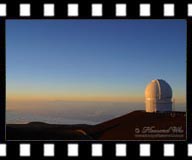Big Island
The Big Island or the Island of Hawaii, is the largest island (as its name suggests) in the Hawaii chain of islands, and the one with most diversity of terrains.
(Click on each image to see the high-resolution version)
We first arrived at Kona, on the "dry side" of the Big Island. One of the first place we went to was Hapuna Beach. This is certainly one of the most picturesque tropical beach I have ever been to.
A leisurely drive took us to Pololu Point overlooking the valley with the same name. The day was cloudy, but we did manage to see glimpses of the sun, and I managed to get a crack of blue sky into my pictures.
The weather was capricious on the island while we were there. While driving over the Kohala Mountains, we saw masssive tropical clouds rolling over the tilted mountain slope.
On the next day we drove to Ka Lae, or the southernmost point of the Big Island (and the entire Hawaii island chain). The wild volcanic coast makes one feel at the end of the world.
We stayed at a lodge just outside the Hawai'i Volcanoes National Park. At dust we took the Chain of Craters Scenic Drive to the coast and saw the Holei Sea Arch. We tried to walk toward the active volcanoes, but we did not quite succeed.
On the next day we went back to the national park. At the time of our visit, Halemaumau Crater lays dormant, but it could emit sulfur dioxide plumes and lava at any point.
In the lava fields, we saw congealed lava. Apparently some people draw patterns in the lava while it was hot and liquid.
Moving on, we went to the "wet side" of the island and arrived in Hilo. At the time, Rainbow Falls only had a trickle of water.
Another, even prettier, waterfall is Akaka Falls, with water tumbling down the lush lichen and fern covered cliff.
But the highlight of our trip was undoubtedly the drive to Mauna Kea. The summit of Mauna Kea is 13,803 ft (4,207 m) above sea level. While we did not take the final hike to reach the summit (we waited for the sunset by the observatories, we did reach the observatories at similar height. Thus, in about 2 hours, we drove from sea level to nearly 14,000 feet -- near the height of the Tibetan Plateau. It still gives me chills to think that one can reach such a height in so short a time. It is one of the most exhilarating drives I have ever taken, though, curiously, it is not very dangerous at all. The drive to the visitor center at 9,300 feet is just a paved road, surely it goes up and up forever, but it is in good condition. The road from the visitor center to the summit is unpaved, but gravelly and wide, nothing to worry about at all.
The landscape at the summit is otherworldly -- almost moonscape. We were above the ocean of clouds, and the sunset was spectacular and breathtaking. It was as much a spiritual experience as an aesthetic one.
After descending the summit, the next day we swang by Waipio Valley. What a contrast it was between the barren summit and the lush valley! Such is the diversity of the Big Island of Hawaii.
Wrapping up our visit to the Big Island, we drove over the mountains back to Kona. We stopped at a slope to admire the coast one last time. I know I will be back, but when?
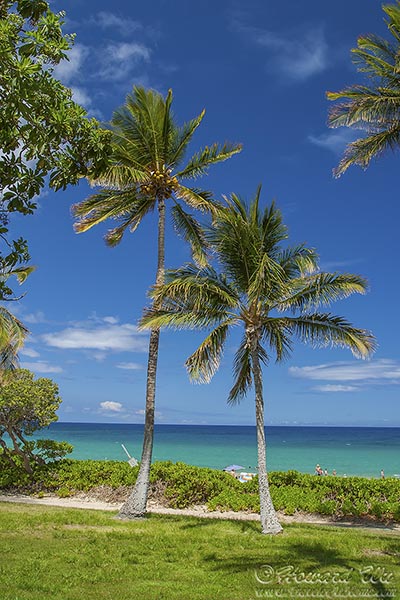
Hapuna Beach
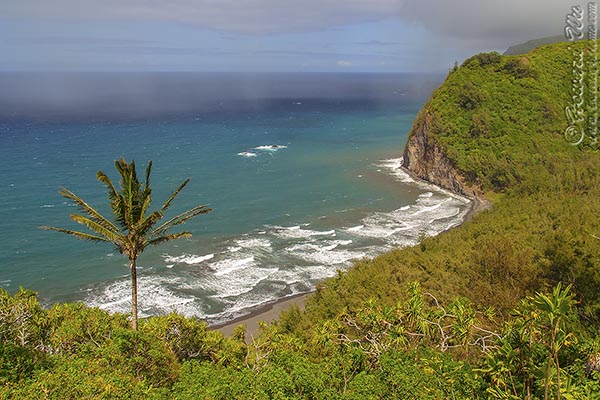
Pololu Point
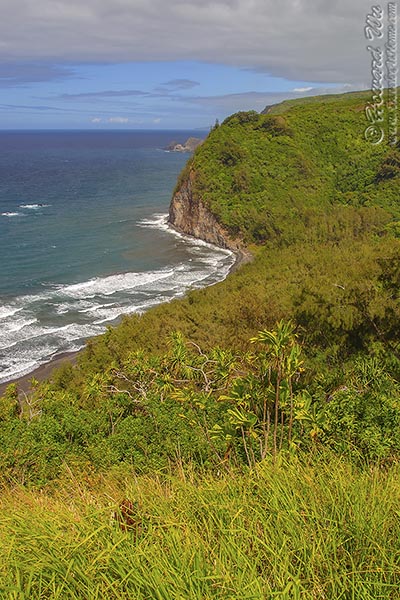
Pololu Point
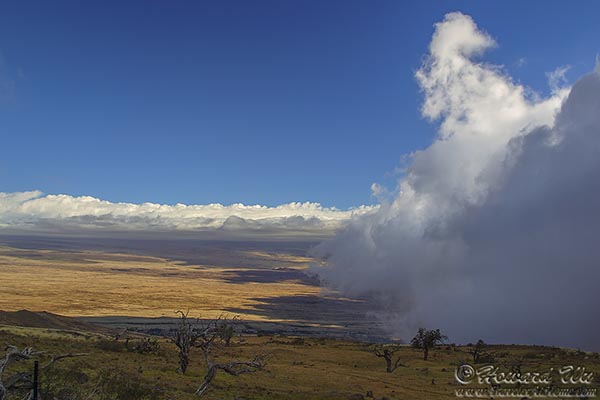
Tropical Clouds

Ka Lae (Southernmost Point)

Holei Sea Arch
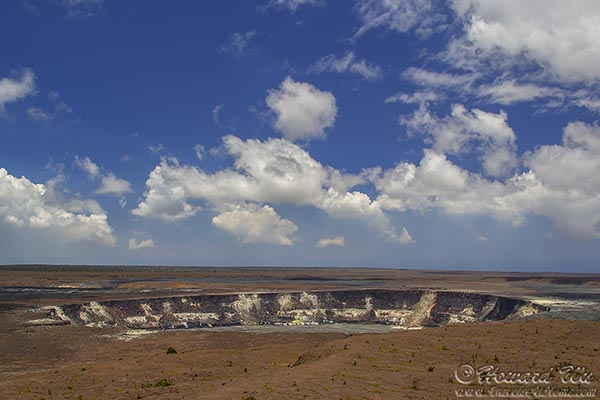
Halemaumau Crater
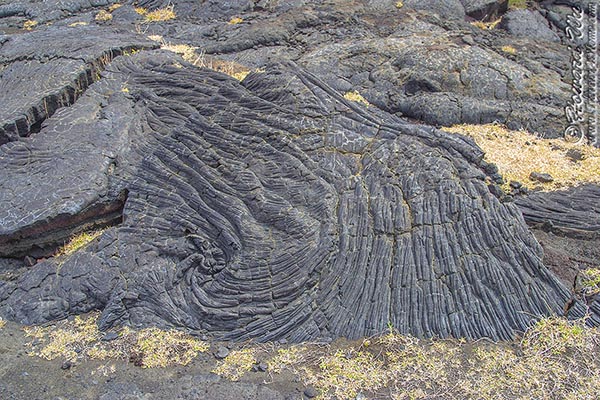
Lava
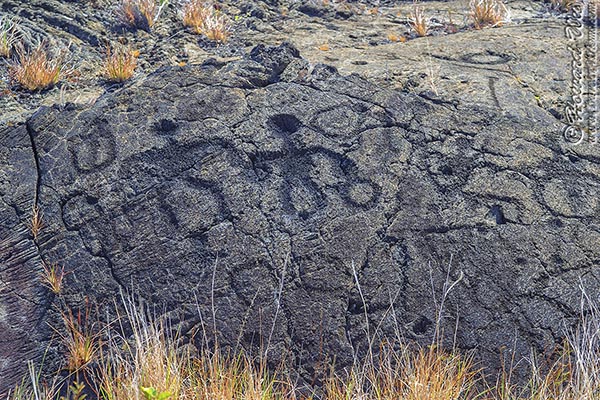
Lava
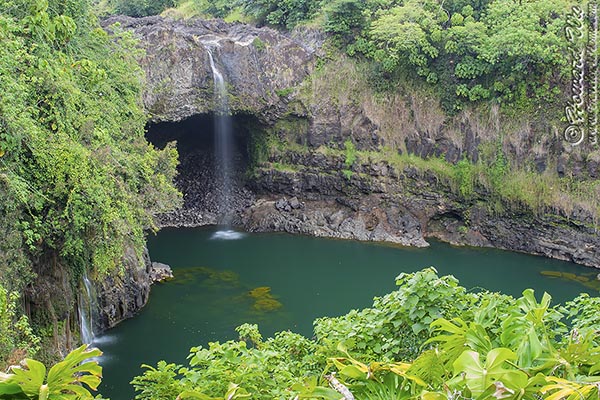
Rainbow Falls
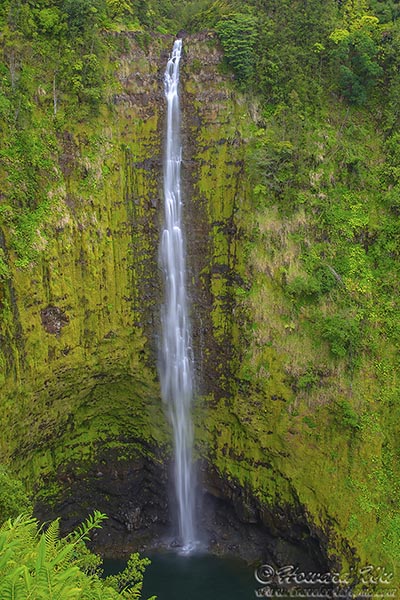
Akaka Falls
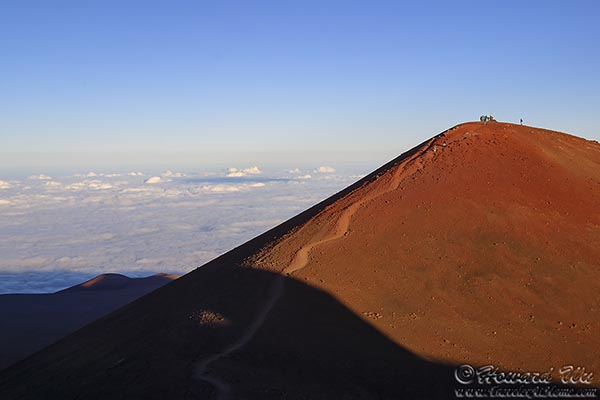
Mauna Kea Summit

Craters on Mauna Kea
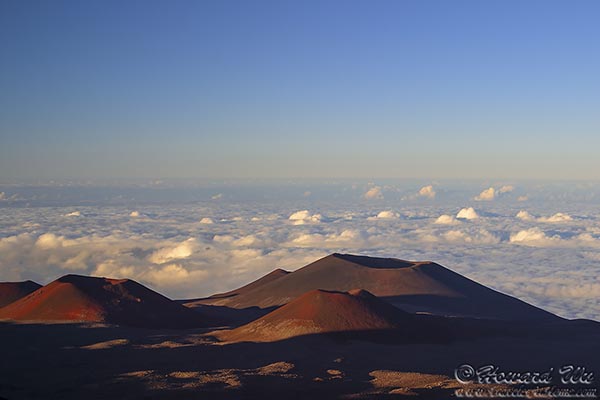
Craters on Mauna Kea
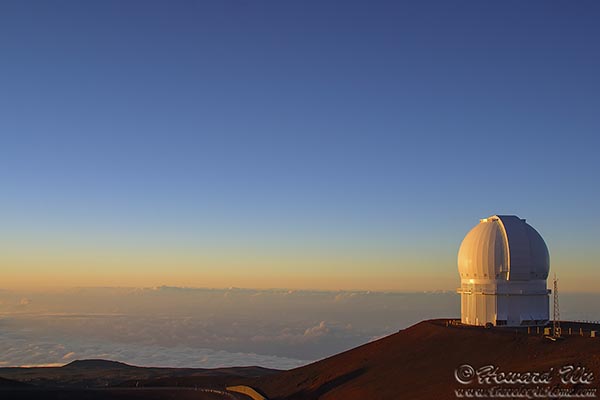
Mauna Kea Observatory
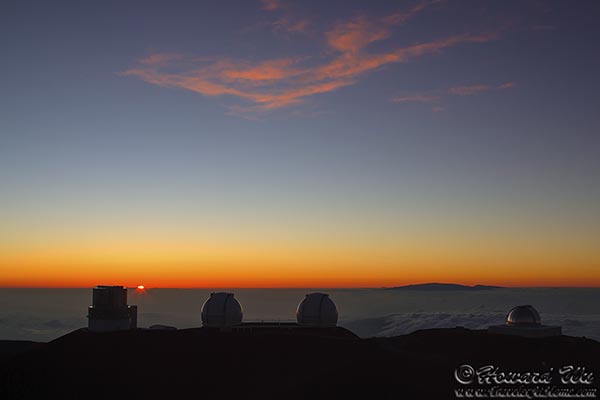
Sunset on Mauna Kea

Waipio Valley

Waipio Valley

Waipio Valley

Big Island Coast
